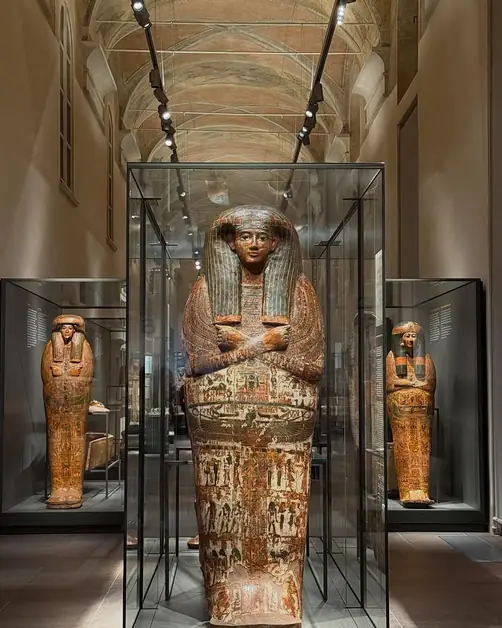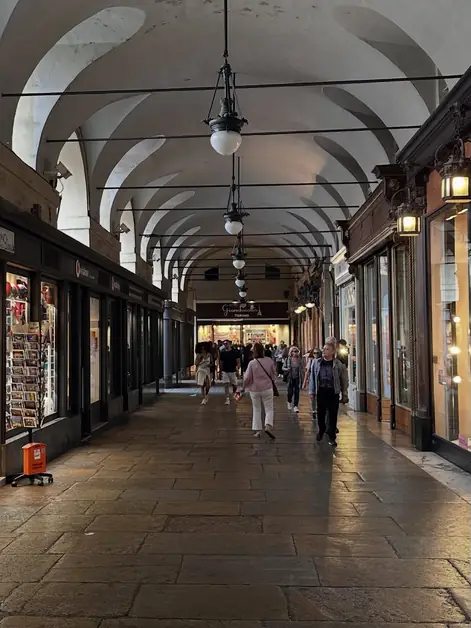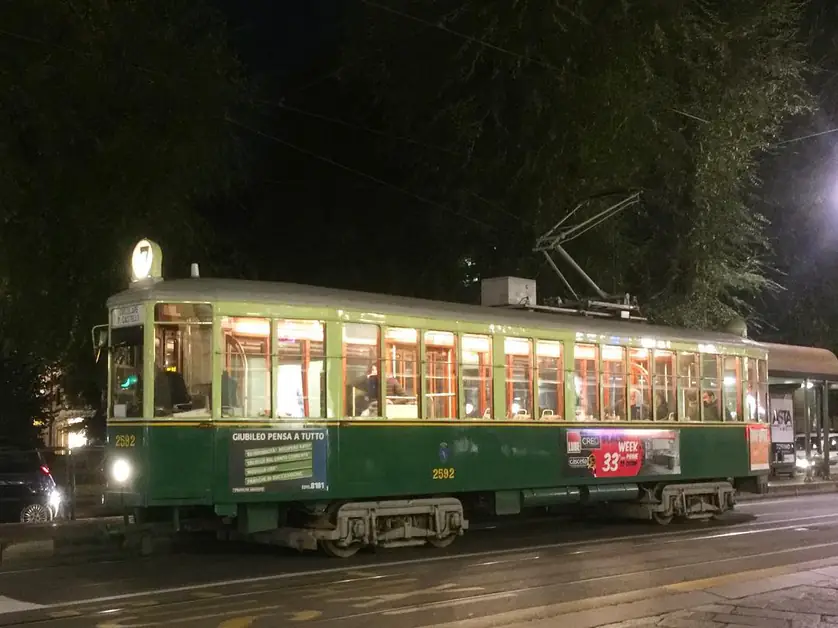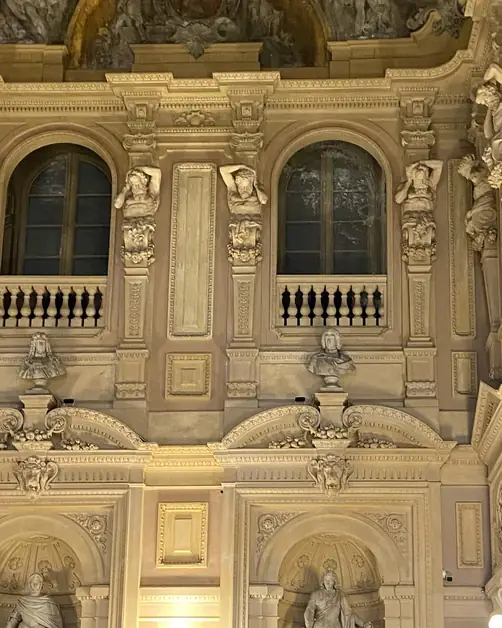Complete guide to the Egyptian Museum in Turin
Explore the history, collections, and practical details of the Egyptian Museum in Turin.

What is the history of the Egyptian Museum in Turin?
The Egyptian Museum in Turin is the oldest museum in the world dedicated exclusively to Egyptian culture. Its history begins in 1630 with the arrival of the Mensa Isiaca, a Roman artifact with Egyptian motifs, which marked the beginning of Turin's interest in ancient Egypt. The actual birth of the Museum took place in 1824 thanks to the collection assembled by Bernardino Drovetti, a French consul and collector of Egyptian antiquities, who sold a large quantity of artifacts to the King of Sardinia, Carlo Felice. Throughout the 20th century, the museum has continuously enriched itself with archaeological excavations and acquisitions of important pieces, becoming one of the most relevant museum hubs in the world for Egyptology.
What are the opening hours of the Egyptian Museum in Turin?
The Egyptian Museum is open every day of the week with slightly different hours on Mondays. On Mondays, the museum is open from 9:00 AM to 2:00 PM, while from Tuesday to Sunday, the visiting hours are from 9:00 AM to 6:30 PM. Online booking is recommended to avoid queues and ensure safe entry, especially during high tourist seasons.
How much does it cost to visit the Egyptian Museum in Turin?
The full ticket costs 18 euros for adults. Reduced tickets are available for young people aged 15 to 18 and journalists with a card, while for children and teenagers aged 6 to 14, the cost is 1 euro. Admission is free for children under 6, holders of certain cultural cards like the Torino+Piemonte Card, and for some special categories such as the disabled or ICOM members. Additionally, guided tours with Egyptologists are available for an extra fee (about 7 euros).
Where is the Egyptian Museum in Turin located?
The museum is located in the historic center of Turin, at Via Accademia delle Scienze 6. This central location is very close to Piazza Castello, the heart of the city, making it easily accessible for both residents and tourists staying in the city.
How do you reach the Egyptian Museum in Turin from the center or the station?
From the historic center, the Egyptian Museum can be reached on foot in a few minutes. From the Turin Porta Nuova railway station, you can walk in about 10 minutes by following Via Lagrange and then Via Accademia delle Scienze. Alternatively, there are public transport options: buses 58 and 58B stop at the nearby Bertola-1642, or you can take tram line 4 and get off at the Bertola-247 stop. Those arriving by car should pay attention to the limited traffic zone (ZTL) active from Monday to Friday morning, but can park in nearby garages such as the Roma – San Carlo – Castello parking.
What can you see in the Egyptian Museum in Turin?
The Egyptian Museum houses a unique and vast collection, with over 37,000 artifacts, including statues, sarcophagi, papyri, mummies, and everyday objects related to Egyptian civilization. Among the most famous pieces are the Royal Canon, the statue of Pharaoh Ramses II, the statue of the goddess Sekhmet, and a faithful reconstruction of the rock temple of Ellesija. The exhibition path is designed to captivate scholars and visitors of all ages, with multimedia supports and detailed explanations that tell the life, religion, and culture of the ancient Egyptians. There are also artifacts from archaeological missions conducted directly by the museum.
What are the most important collections of the Egyptian Museum in Turin?
The most important collections of the Egyptian Museum in Turin are rich and include over 40,000 artifacts, of which about 3,300 are on public display. Among the most significant pieces is the famous Hall of Statues, where you can admire large monumental sculptures such as the statue of Pharaoh Ramses II and the seated statue of Cheops. One of the most exciting attractions is the mummies, including the well-preserved couple Kha and Merit, along with their funerary goods. The museum also hosts several reconstructed tombs, such as those of Maia, Kha and Merit, and Iti and Neferu, with original wall paintings that allow visitors to immerse themselves in the funerary practices and religious beliefs of the Egyptians. Another treasure is the rock temple of Ellesija, saved and reconstructed in the museum to preserve its history. Among the precious documents are some fundamental papyri, including the Papyrus of the Book of the Dead, which contains formulas and prayers for the journey to the afterlife, and the Papyrus of Artemidorus, an astrological document that tells the spirituality of the ancient Egyptians. The collection is divided into thematic sections that address all aspects of Egyptian life, from religion to art, from daily life to the ritual of death. In addition to statues and furnishings, there are everyday objects from the time, embalmed animals, sarcophagi, ornaments, and various utensils. These artifacts come from both the famous Drovetti Collection and further acquisitions and archaeological excavations conducted in Egypt since the 19th century, particularly those led by Ernesto Schiaparelli and Giulio Farina, which significantly enriched the museum's collection. The Egyptian Museum in Turin is therefore one of the most important in the world for the quantity, variety, and quality of Egyptian artifacts, offering an in-depth journey into the history and culture of ancient Egyptian civilization.
What are the oldest artifacts in the Egyptian Museum in Turin?
The oldest artifacts in the Egyptian Museum in Turin date back to the predynastic period, around 3600-3650 BC. Among these stands the Gebelein Cloth, the oldest linen painting ever found, depicting scenes of daily life such as hunting, dancing, and navigation. This artifact represents a valuable testimony of the life and culture of the ancient inhabitants of Egypt before the formation of the Unified Kingdom. Another very ancient piece is the statue of Princess Redit, dated between 2592 and 2118 BC, made of granodiorite. This sculpture is one of the oldest examples of Egyptian funerary art and is significant because it symbolizes the vital force of the deceased, called ka. Among the collection's artifacts are also objects from the intact tomb of Kha and Merit, dating back to the New Kingdom, but which includes very ancient and well-preserved elements that tell aspects of daily life and religious beliefs. These artifacts, along with sarcophagi, mummies, papyri, and statues, constitute the oldest and most precious historical core of the museum, which includes testimonies that span from the predynastic period to the Roman era, offering a complete and fascinating picture of Egyptian civilization.




